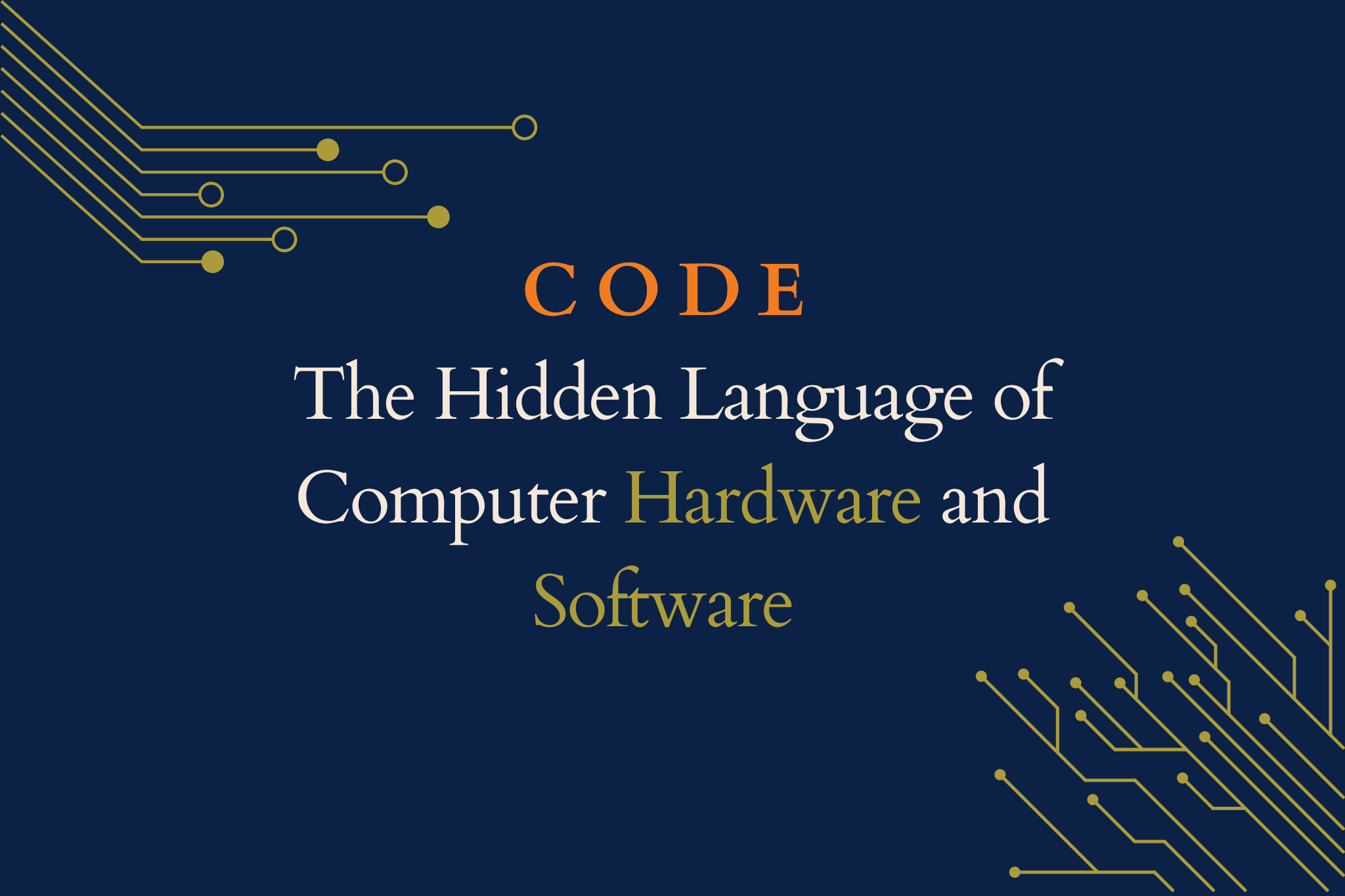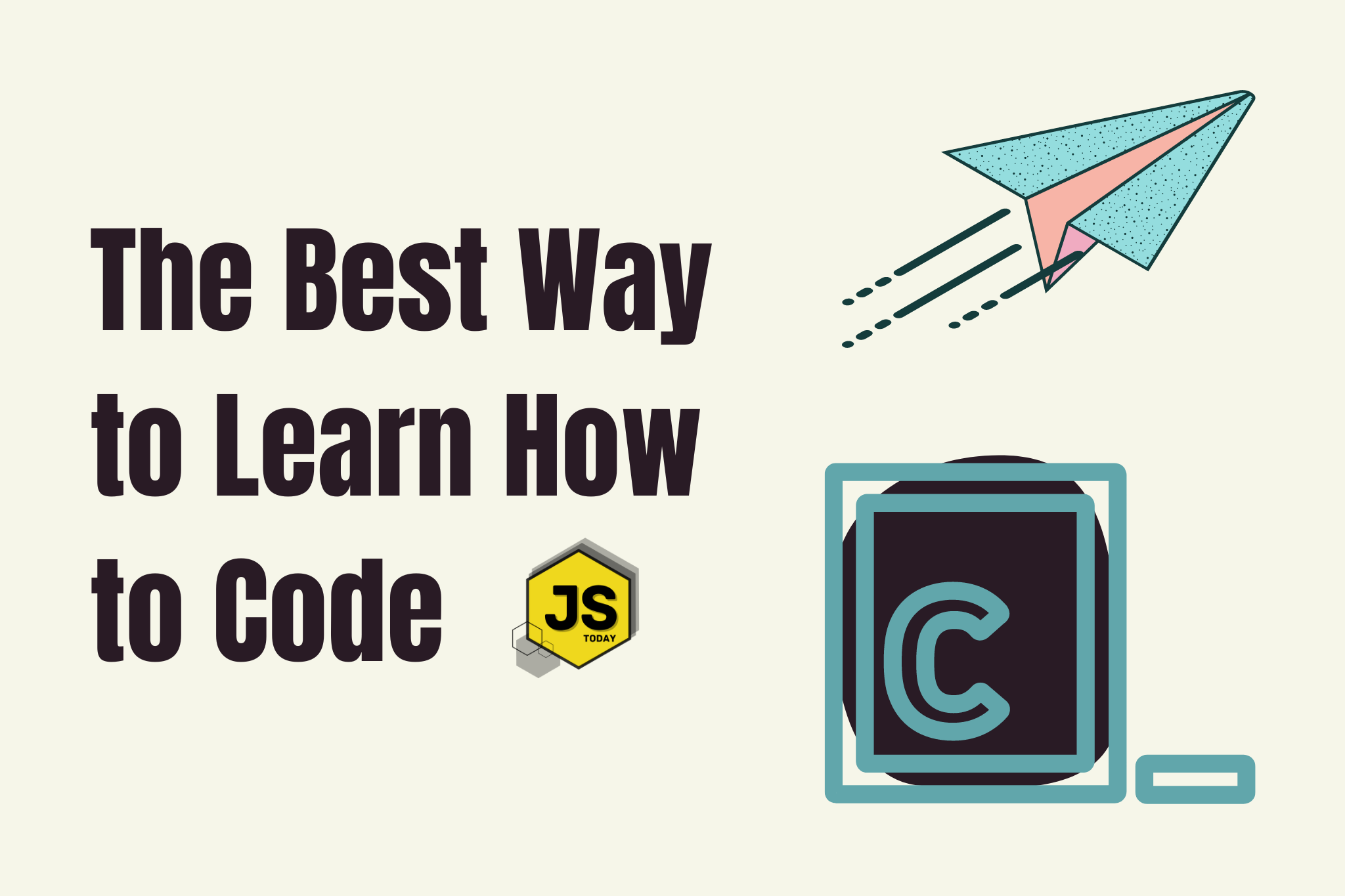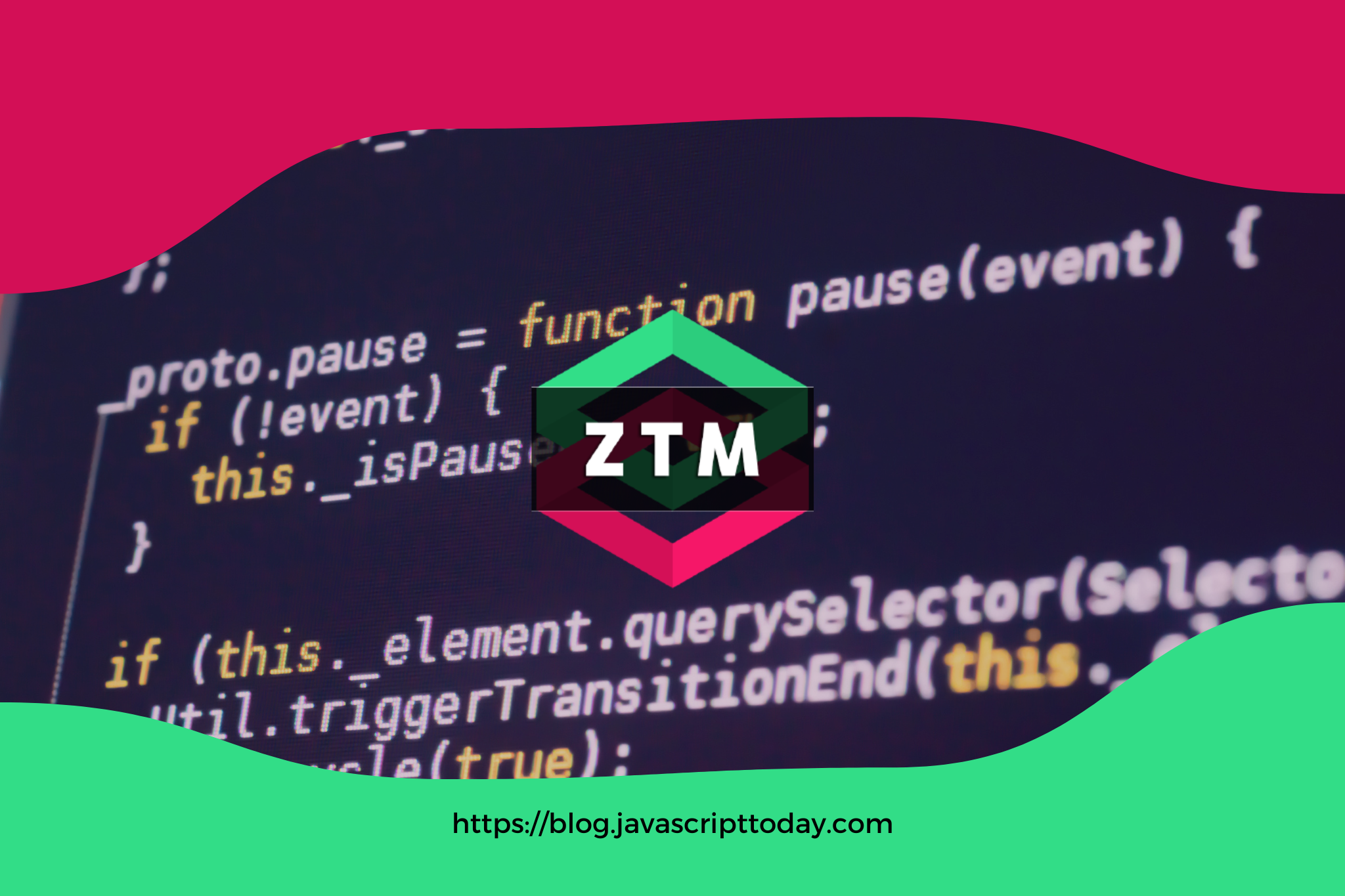As web developers, we might have jumped right into creating websites without any background knowledge on how a computer actually works.
As you are probably aware, it’s not entirely necessary to know what a computer is doing under-the-hood to develop websites and web applications, you can ignore all of that wizardry and jump right in!
Although, at some point, you might be curious – How does a computer actually work?
That’s where Code: The Hidden Language of Computer Hardware and Software by Charles Petzold comes in.
What you will learn
Code is a fascinating and informative book that delves deep into the world of computer code. This book takes readers on a journey through the history of computing, from the earliest mechanical devices to the modern digital computers that we use today. Reading the book, you will learn:
- The history of computing: The book starts with a brief history of computing, from the earliest counting and calculating devices to the modern digital computers we use today.
- Binary arithmetic: Petzold explains how binary arithmetic works and why it is so important in computing.
- Boolean logic: The book covers the basics of Boolean logic and how it is used in computing.
- Digital circuits: Petzold introduces readers to the concept of digital circuits and how they are used in computing.
- Machine code and assembly language: The book covers the basics of machine code and assembly language and shows how they are used to control computers.
- High-level programming languages: Petzold explains how high-level programming languages like C and Java are used to write software.
- Algorithms and data structures: The book covers the importance of algorithms and data structures and how they are used to solve real-world problems.
The book is divided into three sections: Bricks, Logic and Code. In the first section, Bricks, Petzold lays the foundation for understanding the basic building blocks of computers. He starts by discussing the history of counting and calculating devices, and then moves on to explain the development of binary arithmetic and the importance of Boolean logic.
In the second section, Logic, the book explores the logic gates that form the basis of digital circuitry, and explains how they are used to create complex circuits. He also discusses how these circuits can be used to perform mathematical operations, and explains the difference between analog and digital signals.
From Wikipedia: 7400 Chip containing four NANDS
Finally, in the third section, Code, readers are introduced to the world of programming. He explains the basics of machine code and assembly language, and then shows how high-level programming languages like C and Java are compiled into machine code. He also covers the importance of algorithms and data structures, and shows how they can be used to solve real-world problems.
A really big strength of Code is the way it manages to explain complex concepts in a way that is accessible to readers with little or no background in computer science. Petzold does an absolutely amazing job of breaking down complicated ideas into simple, easy-to-understand explanations, using plenty of examples and illustrations to help readers visualize the concepts he is discussing.
Conclusion
This book is engaging, informative, and written in a style that makes it accessible to readers of all backgrounds. It’s especially useful if you have been curious how computers work. This book is a must-read.
Another resource that we’d like to include is a course called Build a Modern Computer from First Principles: From Nand to Tetris. We’ve written a review about this course. It would probably be beneficial to take this course alongside reading Code.
Full Disclosure: this post contains affiliate links. However, we only recommend books that we have personally read. We may receive a small commission if you make a purchase from the links on this page. Thank you for the support!
Discussion (Loading...)
Join the Discussion
Sign in to share your thoughts and engage with the JavaScript Today community.





